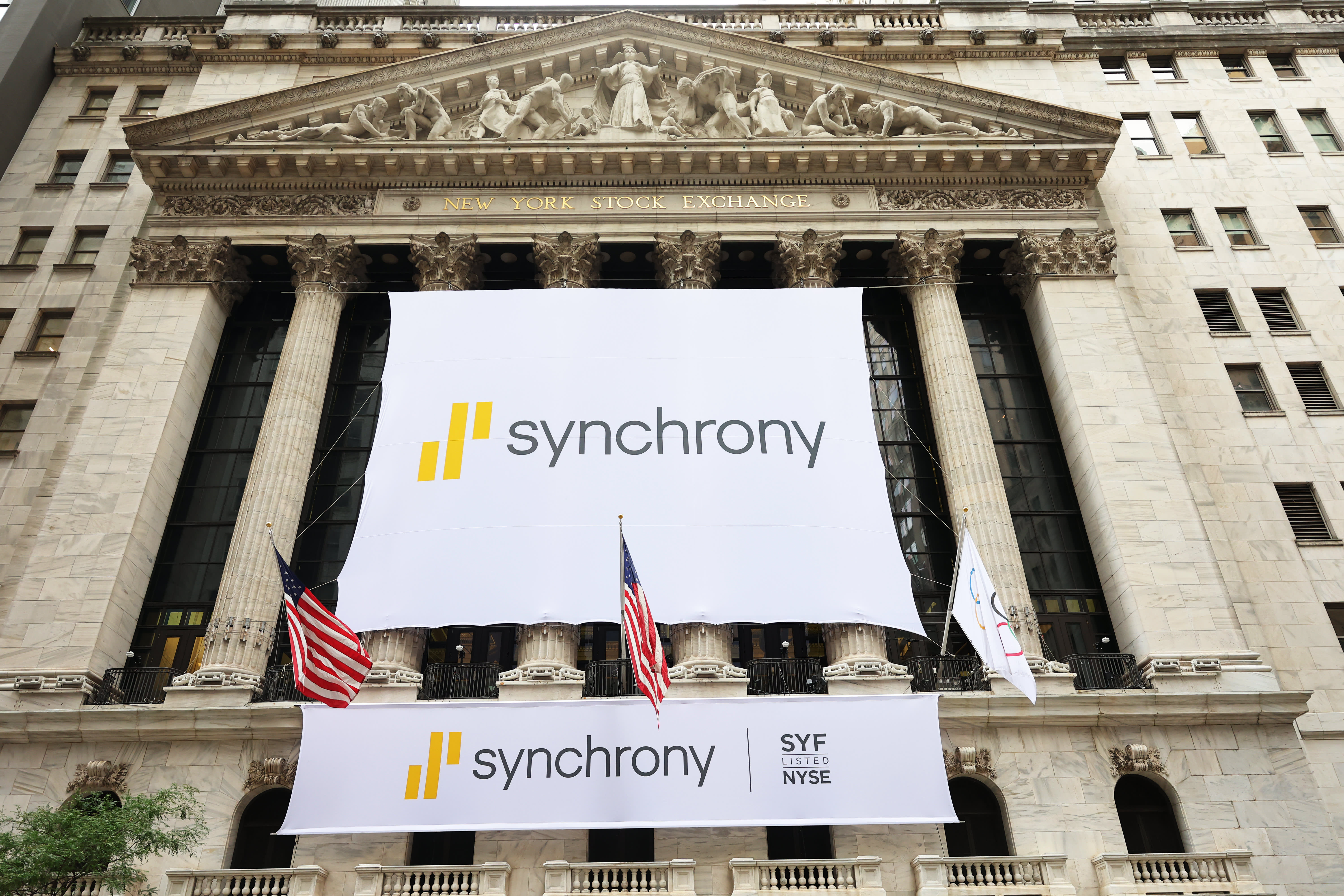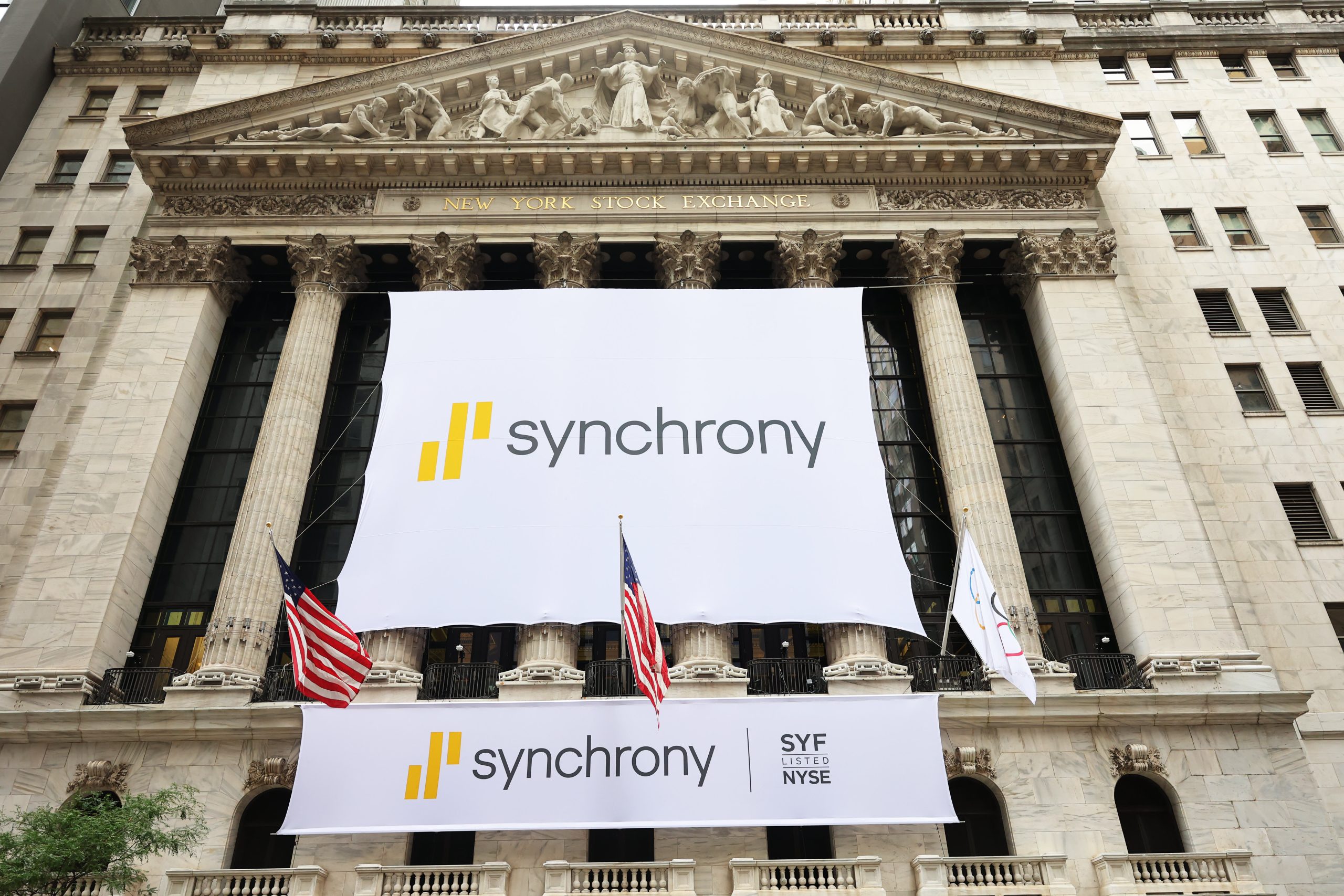
“`markdown
The plastic in your wallet just got more dangerous, dude. As I was digging through CFPB reports like a bargain hunter at a sample sale, some seriously shady numbers jumped out – retail card APRs have hit a jaw-dropping 30.5%, making your grandma’s 1980s department store card look like a charity. And here’s the kicker: this financial horror show is happening while regulators are *trying* to protect us. Grab your magnifying glass, because this consumer detective’s about to connect some dots.
Banking on Confusion
Major banks are running the oldest trick in the book – what my retail worker instincts call the “reverse discount.” When the CFPB capped late fees to save consumers $10 billion annually, the big players didn’t take the L. Nope, they pulled an Uno reverse card: jacking up APRs to record highs (23% average in 2023, highest since ’94!) while inventing new monthly fees. It’s like when stores mark up prices before a “50% off” sale – except this scam could cost you your rent money. My forensic analysis of CFPB data shows the top 25 issuers charge rates 8-10 points higher than credit unions. That’s not risk-based pricing, that’s institutional bullying.
The Late Fee Shell Game
Here’s where it gets criminal-adjacent. The credit card industry wasn’t just charging late fees – they’d weaponized them as a $14 billion profit engine. The CFPB’s new rule slashing inflated penalties was like turning on the lights at an after-hours club. Banks immediately cried foul, claiming they “need” these fees to deter late payments. But let’s get real – when late fees account for 10% of some issuers’ revenue (source: CFPB 2023 report), they’re not deterrents, they’re business models. I’ve seen less sketchy pricing at airport gift shops.
The Comparison Trap
Buried in this financial dumpster fire is the ultimate irony: the harder regulators try to create transparency, the more banks obfuscate. The CFPB’s new comparison tools are like giving shoppers a price scanner – useful until stores start changing SKUs daily. Case in point: while you’re comparing APRs, issuers are sneakily adjusting grace periods (down 30% since 2010) and minimum payment requirements (up 22% since 2018 per Pew Research). It’s the retail equivalent of hiding the price tag under three layers of “limited edition” stickers.
The receipts don’t lie, friends. What we’re witnessing isn’t just predatory pricing – it’s systemic retaliation against consumer protections. The big banks vs. CFPB showdown has all the hallmarks of a bad breakup: new fees appear like emotional baggage, rate hikes hit like midnight drunk texts, and suddenly everyone’s drowning in debt. But here’s my detective’s hunch: this financial melodrama might finally push Americans to do what we should’ve done after the 2008 crisis – treat credit cards like the toxic exes they are. Now if you’ll excuse me, I need to go shred my store cards… after one last clearance purchase.
“`

